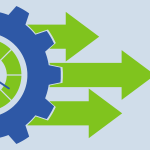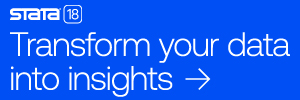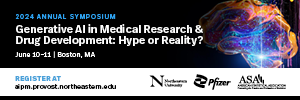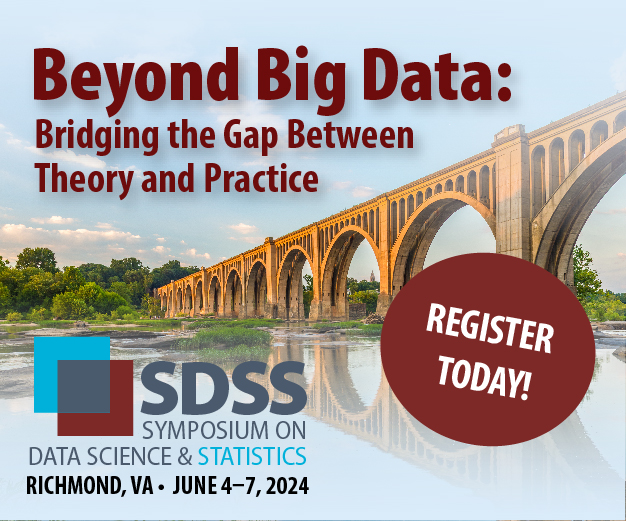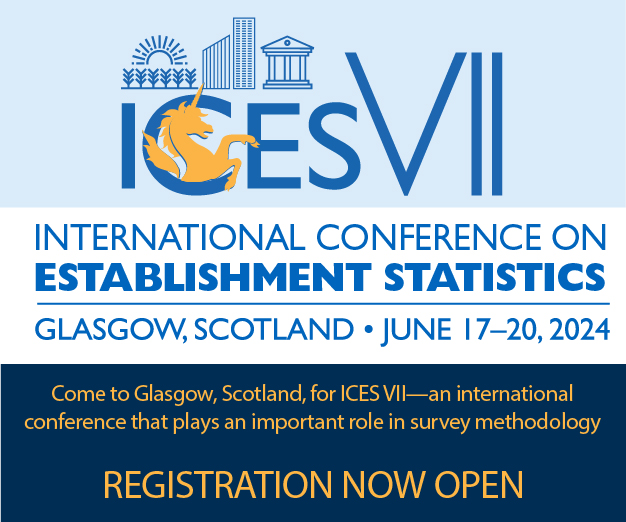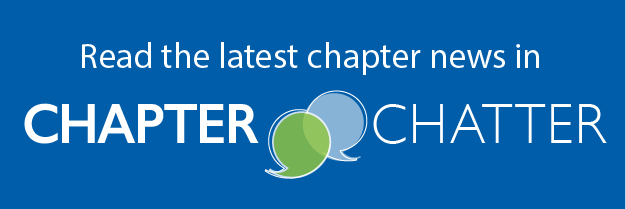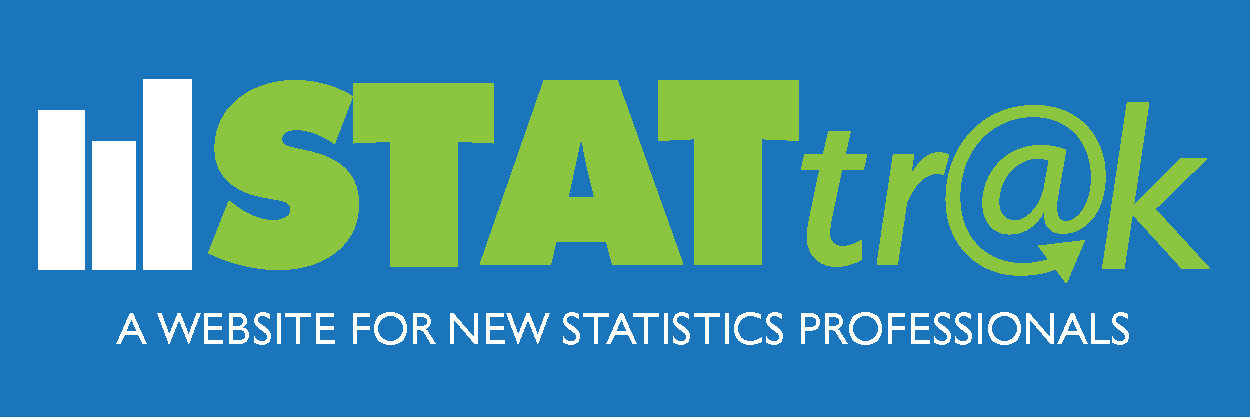JEDI Corner
Additional Features, JEDI Corner »
The Conference on Statistical Practice in February included a panel session on data-driven leadership featuring Kimberly Sellers from North Carolina State University and Talithia Williams from Harvey Mudd College, two outstanding African American female leaders in statistical science.
JEDI Corner »
The JEDI Outreach Group held a webinar titled “Building Successful Mentor/Mentee Relationships in the Hybrid Work Era.” Panelists shared their ideas and perspectives through questions posed by the moderators and audience.
Additional Features, JEDI Corner »
Recently, a group involved in both JEDI and CAUSE came together to create a space to host resources for JEDI-informed statistics teaching: the JEDI-CAUSE website. Each entry is relevant to statistics and data science education and has a JEDI theme.
JEDI Corner »
Since the Justice, Equity, Diversity, and Inclusion Outreach Group’s establishment in 2021, JSM has also become a focus of the group’s activities. It’s time to plan for next year, when the JEDI community will once again come together to share, teach, meet old friends, and make new friends.
Featured, JEDI Corner »

The International Biometrics Society Western North American Region meeting recently featured an invited session, titled “Considerations and Best Practices for Using Race, Ethnicity, Ancestry in Different Areas of Statistics and Data Science Research,” organized and chaired by Maricela Cruz and Audrey Hendricks.
JEDI Corner »
The Math Alliance is a national mentoring community focusing on increasing traditionally excluded American minorities in the quantitative sciences professions.
JEDI Corner »
The Justice, Equity, Diversity, and Inclusion Outreach Group is sponsoring or co-sponsoring more than a dozen activities at JSM showcasing work to promote JEDI in the practice and profession of statistics.

